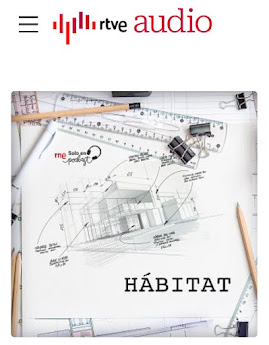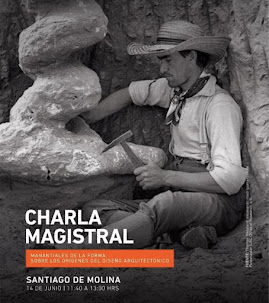La madera está en el origen de los materiales que poseen cierto prestigio a la hora de erigir arquitectura, aunque para ser francos, se queda algo pobretona para los templos. Por eso pasó lo que pasó con la historia del templo griego, que empezó en madera y acabó de piedra, como si una medusa petrificadora lo hubiese mirado con mal ojo. Aquellos templos son solo una sombra de aquellos orígenes leñosos, pero aun hoy, esa sombra resulta luminosa. Bramante, en su renacentista San Ambrosio, en Milán, colocó una columna que era de piedra pero que parece de madera, evocando ese maravilloso momento. Dicho de otro modo, el cerdito intermedio no iba mal encaminado con sus estudios, al menos en lo que se refiere a las asignaturas de historia.
Seguramente el problema imprevisto por este segundo puerco constructor estuvo en que no había calculado a viento la estructura, o que los pulmones del lobo estaban entrenados mejor de lo esperado y fueron capaces de provocar un soplido tan huracanado como el que sufre la costa oeste de americana cuando un tornado asola toda construcción de “balloon-frame” que se encuentra a su paso.
Construir con madera, además, no es de cerdos modernos o posmodernos, como la folie que hizo el cerdito que erigió su templo de paja, sino que poseía cierto arraigo y hasta cierto prestigio ligado a lo ecológico. Ese cerdito, seguro que había buscado madera obtenida de una explotación sostenible. Y que su templo tenía las más altas calificaciones en las certificaciones LEED y BREEAM... Pero, como ustedes saben, de poco le sirvió...
Wood is at the origin of materials that have some prestige when it comes to erecting architecture, although to be frank, it is somewhat poor for temples. That’s why what happened with the history of the Greek temple, which started in wood and ended up in stone, as if a petrifying medusa had looked at it with an evil eye. Those temples are just a shadow of those woody origins, but even today, that shadow is luminous. Bramante, in his Renaissance San Ambrosio, in Milan, placed a column that was made of stone but looks like wood, evoking that wonderful moment. In other words, the middle piglet was not misguided with his studies, at least as far as history subjects are concerned.
Surely the unforeseen problem for this second pig builder was that he had not calculated the wind structure, or that the wolf’s lungs were better trained than expected and were able to cause a blow as hurricane-like as the one that suffers the west coast of America when a tornado devastates every “balloon-frame” construction in its path.
Building with wood, moreover, is not for modern or postmodern pigs, like the folly that the piglet who erected his temple of straw did, but it had a certain root and even a certain prestige linked to ecology. That piglet, surely had looked for wood obtained from a sustainable exploitation. And that his temple had the highest ratings in LEED and BREEAM certifications… But, as you know, it didn’t do him much good…























































































































